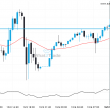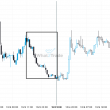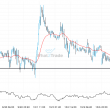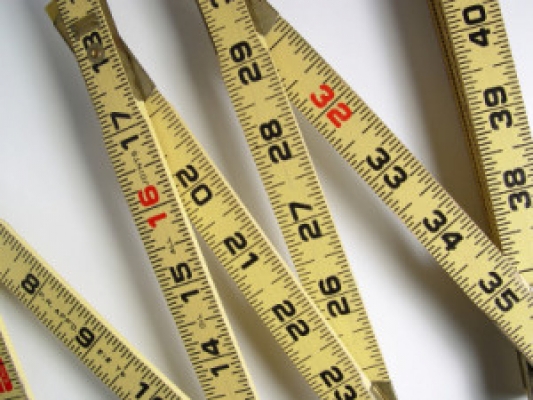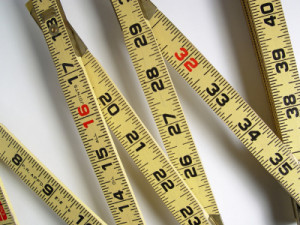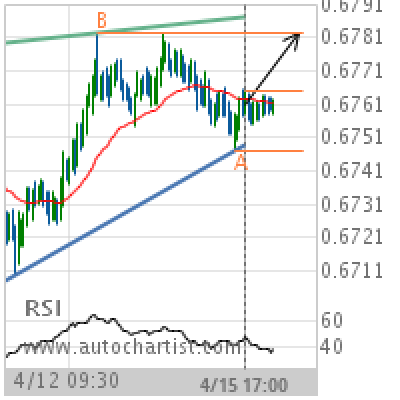Regardless of whether you are trading Forex, stocks, gold or beans, everyone who considers themselves a “trader” wants to be successful. For many, this means fulfilling the goal of replacing their current income with gains made from trading. For others, it might mean reaching levels of wealth and security impossible to reach with their “day job”. In all cases, success means something different to each trader.
So, how can you measure trading success?
I bring this up because there are a lot of unsuccessful traders out there that want to become successful. When they evaluate a mentor, trading system, service or piece of software, they make their determinations based on preconceived notions of success in trading. Too often, the people selling these systems, services or software use these preconceived ideas of success to sell the illusion of success, without any chance of delivering what they promise.
You see, the more contact I have with people trying to learn to be successful traders, the more I feel people are on a journey without end. They have unrealistic goals they think are achievable, but are not. This leads to jumping to the next service, system or software promising huge gains. They’re permanently a step behind from the success they seek.
I thought it would be a good idea to go over some of the most common “measuring sticks” of success in trading, so you can make informed decisions based in reality, and not uninformed decisions based on unrealistic hype. In the end, I want you to figure out how YOU define success. Is this a realistic goal? Is what you propose possible, or only a dream? Only once you have a clear definition of success, can you take steps to achieving your goals.
Win Rate?
You’ll see a lot of people define success by win rate. When a new system or service becomes available, win rate is often used to show how good it is. You’ll see systems claiming 80%, 90% and even 98% win rate. But does the win rate really mean the system is good and you will be successful trading it?
Even if you can learn a system and get the win rate percentages advertised, this does not necessarily mean you are going to be profitable. Win rate alone is not enough information. You need to know stop loss and take profit levels as well as the money management strategy used to calculate lot size.
What would happen if the system uses a 200 pip stop loss and 2 pip take profit? Think about it. One bad trade would negate 100 winning trades.
Number Of Pips?
Another favorite method for measuring success is number of pips gained in a month. The idea is the higher the number of pips, the better. But again, only knowing the number of pips is not enough information. Here are a couple of things to look out for…
Double Counting Pips: A lot of systems and services use scaling out as part of their exit strategy. For example, they take off half the lot size at 20 pips and the other half at 40 pips. Some people might say this was 60 pips of profit. Where in reality, this is only 30 pips of profit at the original lot size.
High Stop Losses: If you are using a strategy with a high stop loss value, you need to take this into consideration when deciding on the lot size to use. Traditionally, the higher the stop loss, the lower the lot size you should use to not put too much of your account at risk. So, even if the service shows high pip gains, these pips might not mean very much in terms of money earned.
The truth is, the number of pips you need to make to be profitable depends on the system’s characteristics. A lot of people think they need 1000 pips a month in order to be profitable and use this level to define success. But a service making 200 pips a month might be much more profitable when you look at the stop loss size and lot size used.
Money Earned?
A lot of times I see specific dollar amounts being used in promotion. Something like, “Trader X made $346,095.00 in six months”. But this does not show how much money YOU would make.
Too many people kid themselves and believe these kinds of gains are achievable with a starting balance of $500. This is just not the case. It is easy to make $350,000 when you start with a balance of 20 million. So, take these dollar amount statements with a grain of salt.
Percentage Gains?
In my opinion, percentage gains are the best way to measure success in trading. It is just easier to determine what the percentage gains would mean for you, compared to using win rate, pip numbers or money amounts. Here are a couple of things to take into account…
100% monthly gains are not realistic. I know a lot of people who want 100% gains every month. Well, what trader wouldn’t be happy with those numbers? But the truth is, this kind of goal is ridiculous. You might be able to do reach this level once, if you are lucky and use risky money management. But these type of gains are not something you can achieve consistently.
You can create huge wealth with 2% average monthly gains. With compounding and patience, consistent monthly gains can really add up. Throwing away a system or service making 2% monthly gains for the hopes of finding something that gives you 100% monthly gains is a waste of time.
In the end, you need to decide what success looks like. But the best advice I can give is to align your goals with reality. If your trading success goals are outside the possible, you’ll just end up going from one thing to the next, and this is not the way to be successful.

